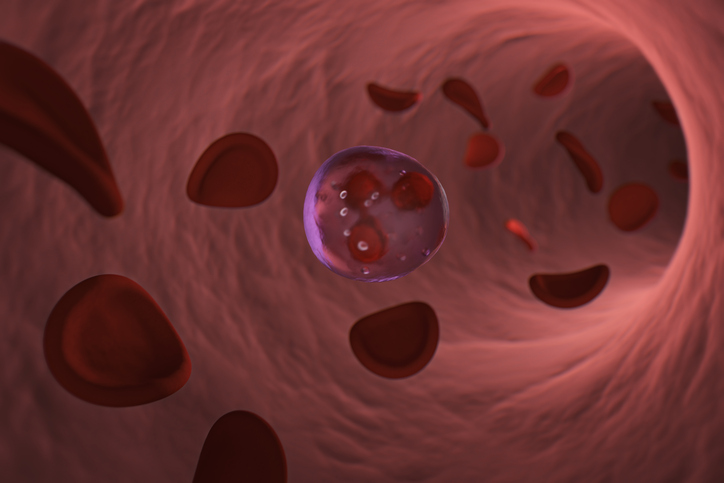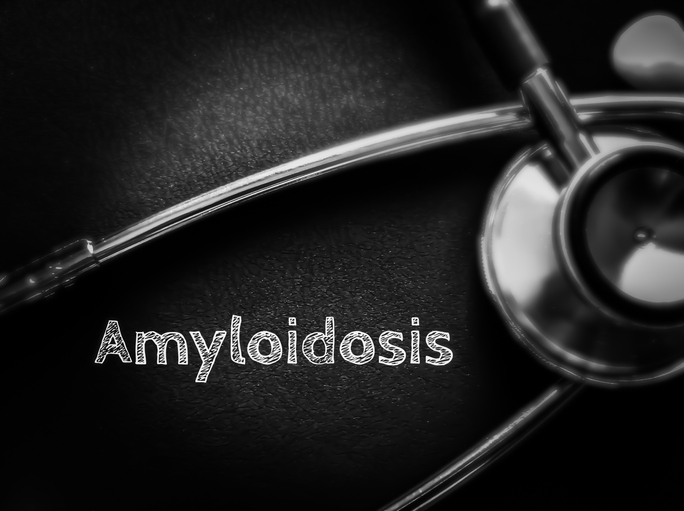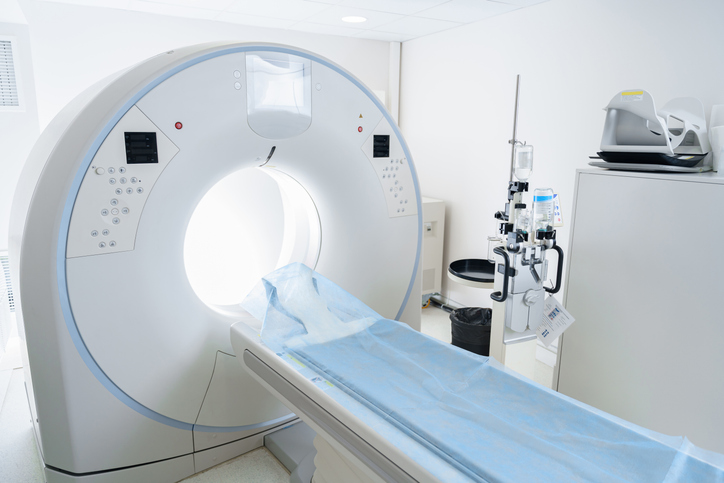
A new study in the European Heart Journal suggested that patients with cancer are at a higher risk for cardiovascular disease (CVD) than patients without cancer.
“The foundational evidence provided by this investigation is a seminal characterization of 28 cancer sites for CVD mortality risk and provides insight on the scope of CVD mortality risk in cancer patients that has not yet been fully reported,” the researchers wrote. “Future directions include assessing patient risk stratification (sex, race, ethnicity, disease stage, and geographical location). Such an analysis is possible without risking unstable estimates and will improve identification of patients at highest risk for CVD mortality.”
The observational analysis drew upon data collected in the Surveillance, Epidemiology, and End Results Program, which was used to compare the US general population to more than 3.2 million US cancer survivors between 1973 and 2012. The authors then calculated standardized mortality ratios using coded cause of death from CVD (heart disease, hypertension, cerebrovascular disease, atherosclerosis, and aortic dissection/aneurysm).
According to the study results, among 28 different cancer types, there were 1,228, 328 (38%) deaths from cancer and 365,689 (11.3%) deaths from CVD. Of the CVD deaths, 76.3% of them were due to heart disease, according to the authors. CVD mortality was highest in those over 35 years of age, and was highest withing the first year after diagnosis. It remained elevated through follow-up compared with that of the general population. The researchers noted that in patients with endometrial cancer, the first year after diagnosis had a “very high risk of dying from CVD” compared to the chances in the general population.
‘The majority of deaths (absolute numbers) from CVD occur in patients diagnosed with breast, prostate, or bladder cancer,” the researchers wrote in the study. “For patients with cancers of the penis, vulva, bladder, endometrium, prostate, testes, thyroid, or Hodgkin’s lymphoma, there is year-to-year variation in leading cause of death (CV mortality or index-cancer mortality).”
An editorial published with the study suggested that the robust data provided in the analysis contain an important take-away for cardiologists treating cancer patients.
“The important work by Sturgeon et al. confirms that cancer patients have an on average two to six times higher CVD mortality risk than the general population,” the author wrote. “This is a key message that every cardiologist needs to hear.”
Yes, heart disease frequently missed in these patients and this study spotlights the issuehttps://t.co/uZrRyYbvpF
— Eric Topol (@EricTopol) November 25, 2019
More than 1 in 10 #cancer #patients do not die from their cancer but from #cardiovascular disease #CVD instead, according to largest & most comprehensive study https://t.co/D0Gdqi5laZ https://t.co/rUlQhZCy73 via @escardio @EurekAlert
— Hidden Biology (@HiddenBiology) November 25, 2019
Just out📣at @ESC_Journals 📰Population based study📖suggests More than1️⃣0️⃣% of #cancer patients dont❌die from their cancer but from heart & blood vessel problems w/ the majority in #breastcancer #prostatecancer or #bladdercancer ⚠️ #cardiooncology #bcsm https://t.co/3F0pZ3b2aZ pic.twitter.com/qSfBPEgogP
— Gil Morgan, MD (@weoncologists) November 25, 2019
Cardiovascular disease has become a leading cause of death among cancer patients.
New study from @PennStHershey @penn_state @scottpkellyPhD @DanTrifMD https://t.co/aGHBJ4wz3W
Commentary from @mayocvonchttps://t.co/tfaXbEedmT#cardiooncology #oncocardiology https://t.co/sAZEvdwoPS pic.twitter.com/RjM17r9VYP
— Nicholas Zaorsky, MD MS (@NicholasZaorsky) November 25, 2019
http://twitter.com/rbaltikahn/statuses/1198955164771553280







 © 2025 Mashup Media, LLC, a Formedics Property. All Rights Reserved.
© 2025 Mashup Media, LLC, a Formedics Property. All Rights Reserved.